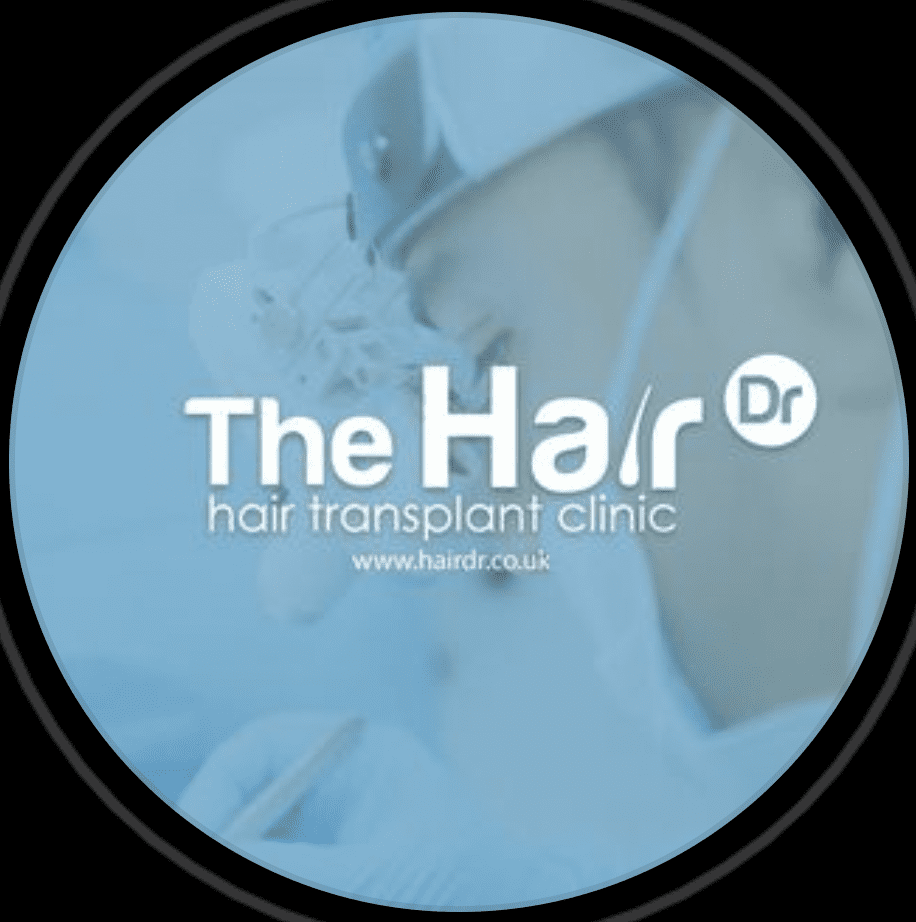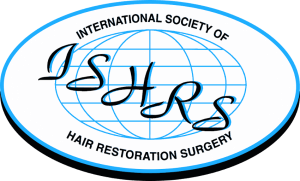Understanding Hair Transplants
Hair transplants have become a popular solution for those struggling with hair loss. The procedure involves transferring hair follicles from one part of the body to the balding area. The success of a hair transplant largely depends on post-operative care, particularly the first wash.
Importance of Post-Operative Care
Proper post-operative care, including the first wash, is essential for the survival and growth of transplanted hair. Incorrect washing can damage grafts and negatively impact results.
Pre-Wash Preparations
Post-Transplant Instructions from Your Surgeon
Before the first wash, carefully follow your surgeon’s specific instructions. These guidelines are tailored to your individual case and vital for optimal healing.
Necessary Supplies for Washing
Ensure you have all necessary supplies: a mild, non-medicated shampoo, a gentle cup or container for rinsing, and a soft towel. Avoid any harsh chemicals or scrubbing tools.
When to Wash Your Hair After a Transplant
Surgeon’s Recommended Timeline
Typically, surgeons recommend waiting 48 to 72 hours before the first wash. This waiting period allows the grafts to stabilise.
Signs That Indicate Readiness
Look for reduced swelling and minimal bleeding. If these signs are present, it’s likely safe to proceed with the first wash.
Step-by-Step Guide to Washing Your Hair
Day-by-Day Instructions
Day 1: Initial Rinse
- Use lukewarm water and a gentle stream to rinse your hair.
- Avoid direct water pressure on the grafts.
Day 2: Introducing Shampoo
- Mix a small amount of mild shampoo with water.
- Apply gently with your fingertips without rubbing.
Day 3: Normalising Routine
- Continue using diluted shampoo and gentle rinsing.
- Gradually increase the use of water flow.
Tips for Effective Washing
- Use a cup to pour water gently over the scalp.
- Pat the hair dry with a soft towel; do not rub.
- Ensure all shampoo residue is thoroughly rinsed out.
Common Mistakes to Avoid
Using Hot Water
Hot water can damage sensitive grafts. Always use lukewarm water.
Scrubbing the Scalp
Scrubbing can dislodge grafts. Use a gentle patting motion instead.
Overusing Shampoo
Excessive shampoo can irritate the scalp. Use a mild shampoo in small quantities.
Post-Wash Care
Drying Your Hair
Gently pat your hair dry with a soft towel. Avoid using a hairdryer on high heat settings.
Avoiding Harmful Products
Refrain from using styling products, hair sprays, or gels during the initial recovery period.
Monitoring the Healing Process
Signs of Healthy Healing
Look for reduced redness and swelling, minimal itching, and no signs of infection.
When to Contact Your Surgeon
If you notice excessive bleeding, severe pain, or signs of infection, contact your surgeon immediately.
Long-Term Hair Care Tips
Choosing the Right Hair Products
Opt for shampoos and conditioners designed for sensitive scalps. Avoid products with harsh chemicals.
Maintaining a Healthy Scalp
Keep your scalp clean and hydrated. Regularly massage your scalp to promote blood circulation.
FAQs
How Soon Can I Resume Normal Hair Washing?
Most patients can return to their normal hair washing routine within two weeks post-surgery.
Can I Use Hair Conditioners After a Hair Transplant?
Yes, but ensure they are mild and free of harsh chemicals. Consult your surgeon for recommendations.
What Should I Do If I Accidentally Scrubbed My Scalp?
If you accidentally scrubbed your scalp, monitor for any signs of dislodged grafts and contact your surgeon if you notice any issues.
Is It Normal to Lose Transplanted Hair After Washing?
Some hair shedding is normal and expected as part of the hair growth cycle. This is known as “shock loss.”
How Long Before I See Results from My Hair Transplant?
Visible results typically begin to appear three to six months post-surgery, with full results around 12 to 18 months.
Conclusion
Properly washing your hair after a transplant is important for ensuring the success of the procedure. Following these guidelines will help you maintain healthy grafts and achieve the best possible results.
If you have any questions after your hair transplant, feel free to contact us. We are happy to help with any inquiries.









